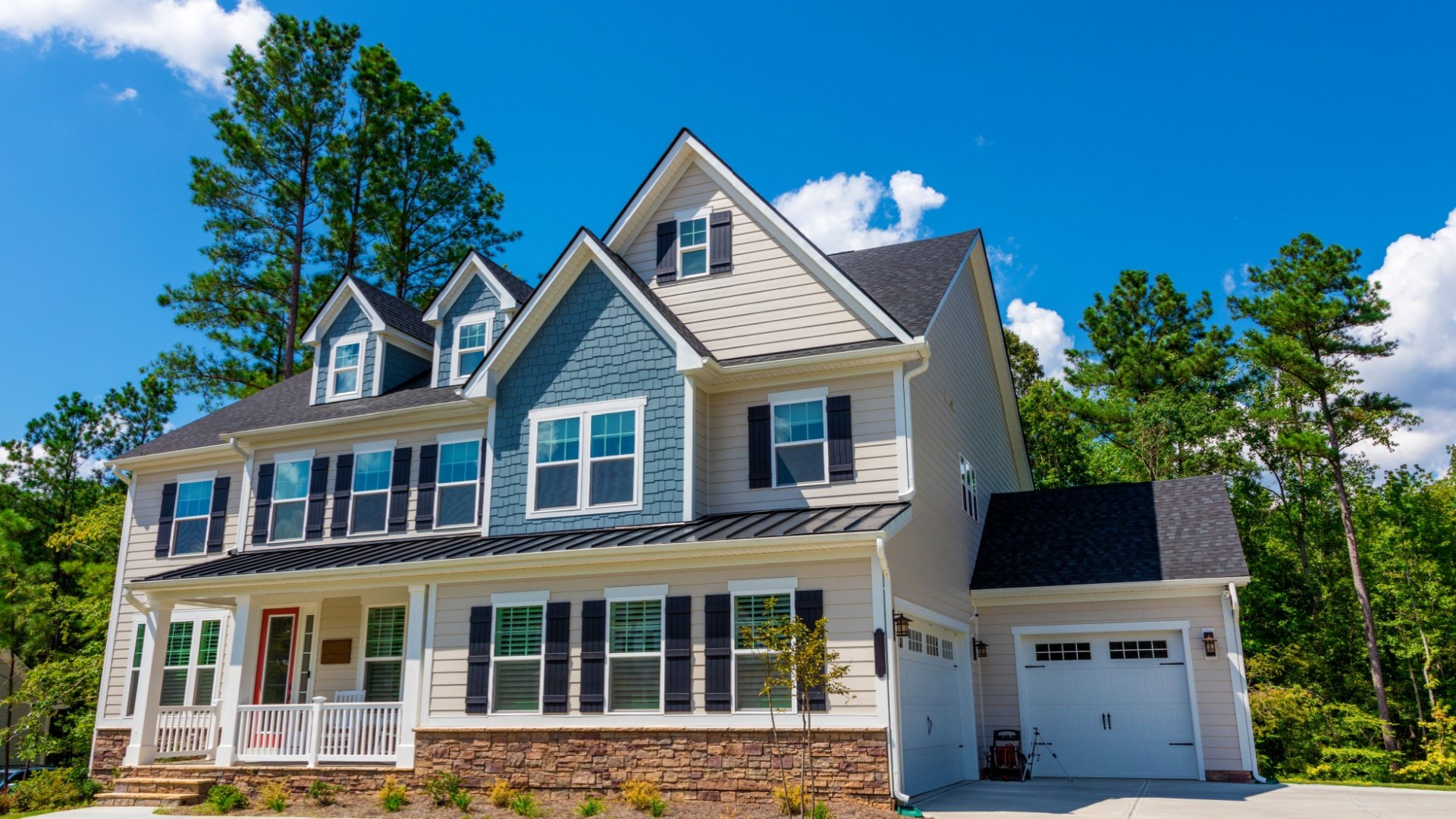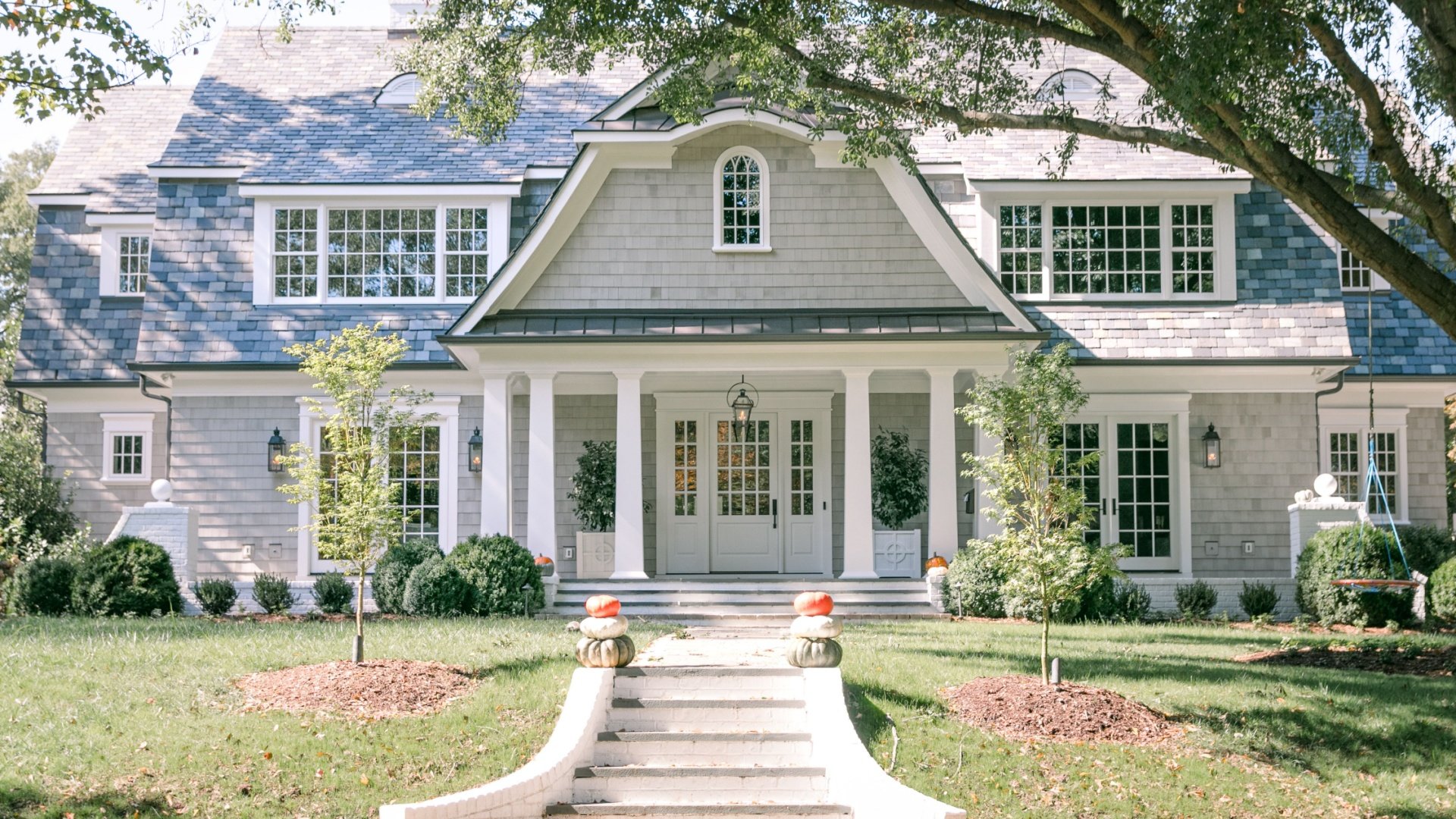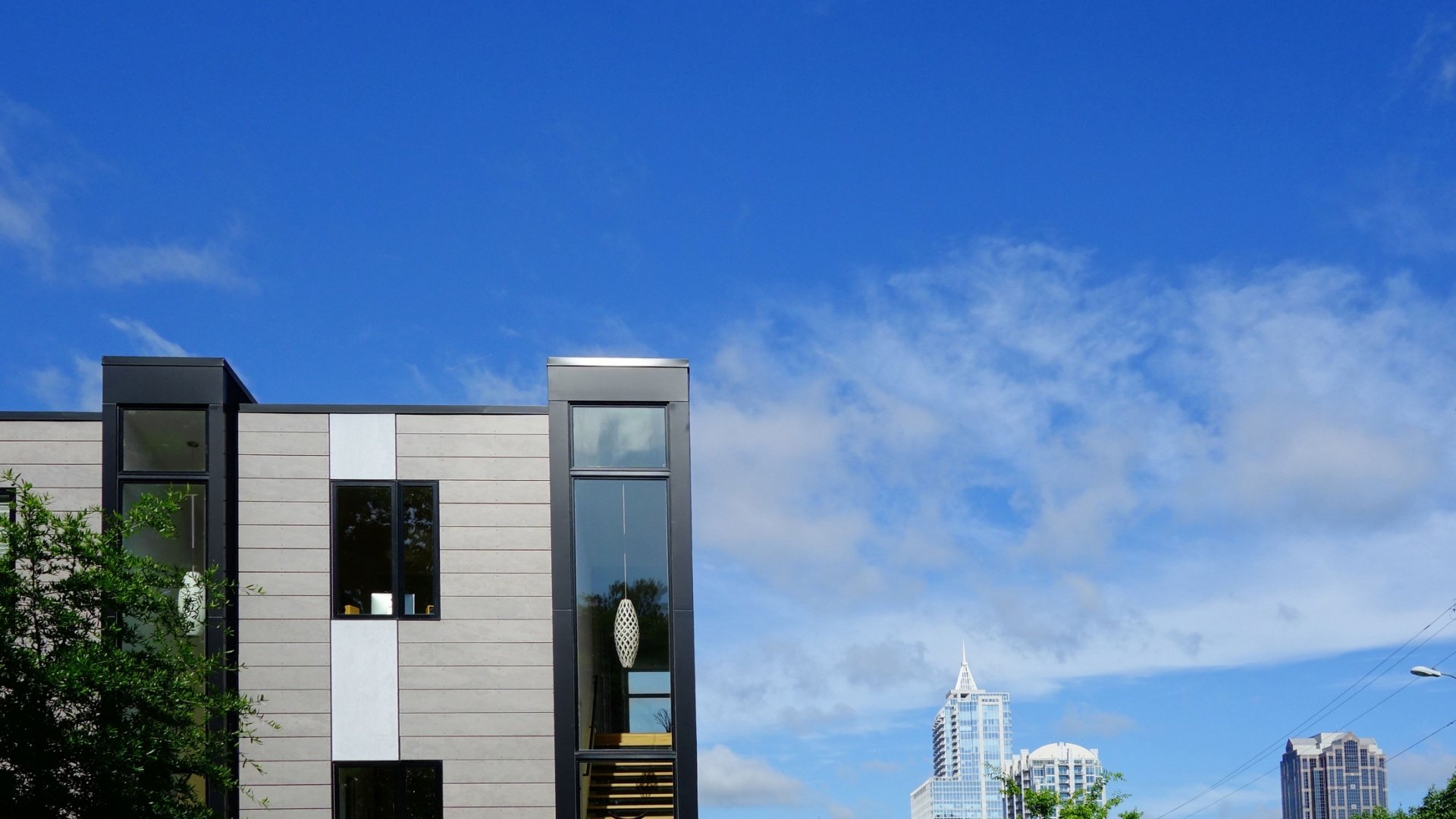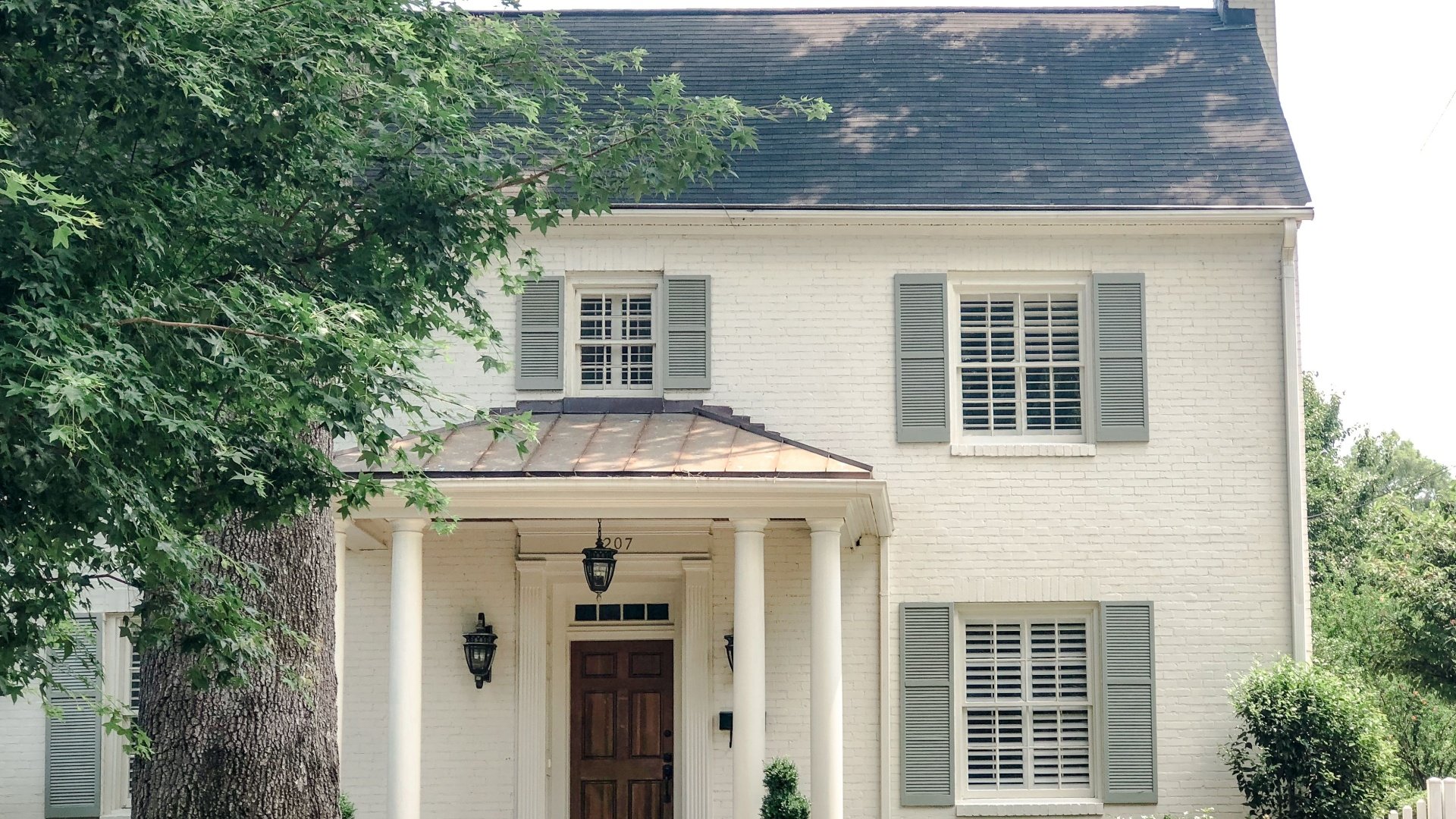Their choices offer a window into how wealth is reshaping residential trends across North Carolina.
Earning $500K+ puts a family well into the top 1% of incomes in North Carolina.
These high earners saw their incomes climb substantially in recent years.

Shutterstock
This growth far outpaced inflation and gave affluent families even more buying power in the housing market.
The vast majority of $500K+ households are homeowners, often owning multiple properties.
Geographic Concentrations of Wealth
North Carolinas wealthy households are heavily concentrated around the states major economic centers.

Corporate relocations have bolstered this trend e.g.
Honeywell moving its headquarters to Charlotte in 2019 brought an influx of executives.
Many incoming high-paid professionals are transplants from higher-cost states.

Beyond the big metros, some smaller regions stand out for wealthy homebuying.
Resort and retirement destinations see significant activity from high-income buyers.
High earners were active homebuyers, though in a more measured way compared to the later boom.

Major metro areas saw increased demand and tight supply in the late 2010s, even at the high end.
Once initial lockdowns eased, wealthy buyers in North Carolina (as elsewhere) sprang into action.
The Second-Home Surge
Another trend was wealthy households snapping up vacation homes and retreats.

Rather than cancel travel, many chose to buy their own getaway.
North Carolinas beach and mountain areas benefited enormously from this trend.
Mountain cabins, lake houses, and beach cottages were scooped up by the wealthy.
Prices skyrocketed accordingly: in Dare County, the median home price jumped over 20% in 2021 alone.
Luxury home prices rose much faster than the broader market during this period.
Charlotte saw a similar jump from around 1.3% to 3.1% of homes crossing the $1M mark.
In other words, the luxury segment essentially tripled in just two years in some areas.
Post-Boom Resilience (20222023)
By early 2022, the housing boom began to temper.
Higher financing costs cooled demand in the overall housing market and home sales volumes dropped.
Many affluent homebuyers proved resilient despite the tighter market conditions.
By late 2023, nearly half of luxury home sales nationwide were all-cash deals.
This contributed to very low inventory of listings in 20222023, especially for desirable luxury single-family homes.
What Are They Buying?
Luxury Single-Family Homes
The large single-family home remained the prototypical purchase for high-income households in North Carolina.
These buyers often sought out spacious, high-quality houses in exclusive neighborhoods essentially, the classic dream home.
Many are newly built or recently renovated, since affluent buyers prize modern amenities and turnkey condition.
Popular configs include leafy suburbs and gated communities known for privacy, good schools, and prestige.
During 20202021, these single-family homes with more space wereespeciallyin demand.
Floor plans with extra rooms for dual home offices or remote learning were a strong selling point.
In the Triangle region, downtown Raleigh and Durham both saw new luxury condo complexes.
Older wealthy couples often choose condos to right-size their life after their children are grown.
They may sell a 5,000 sq.
ft. suburban house and move into a 2,500 sq.
ft. penthouse that still feels spacious but is easier to maintain.
From 20182021, builders in NC reported strong demand for custom builds in high-end subdivisions.
Upsizing was very common, particularly for those in mid-career with families.
For instance, a family in their 40s with children might upgrade from a 2,500 sq.
ft. house to a 5,000 sq.
ft. home on a larger lot in a prestigious neighborhood.
Downsizing was another trend but with a twist.
Typically, downsizing is associated with retirees moving into smaller, cheaper homes.
However, they often stayed within upscale market segments.
Second home purchases emerged as a major theme of 20182023, especially amplified by the pandemic.
Beach towns like Wrightsville Beach, Emerald Isle, Duck, and Corolla saw record sales.
Mountain areas like Asheville, Banner Elk, and Highlands were also hot spots.
During 20082012, the housing market was in turmoil.
Even wealthy buyers generally pulled back.
Home valuesfellor stagnated for several years after the 2008 financial crisis.
By around 2013, conditions stabilized and recovery began.
From 20132017, the market improved steadily.
Prices climbed back gradually.
North Carolinas economy and population were growing, adding more high-income households.
The price trajectory in 20182023 was dramatically steeper than in 20082017.
In just six years, home values gained as much as they might have in a dozen years normally.
By 20222023, economic conditions tightened (higher rates, etc.
), but unlike a true crash, the luxury market mostly held its gains.
This is a big contrast to 20082011, when even some high-end properties fell into foreclosure.
The number of million-dollar-plus properties skyrocketed, and owning multiple homes became more common among the elite.
North Carolinas appeal to the well-off seems likely to endure.